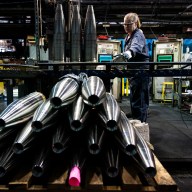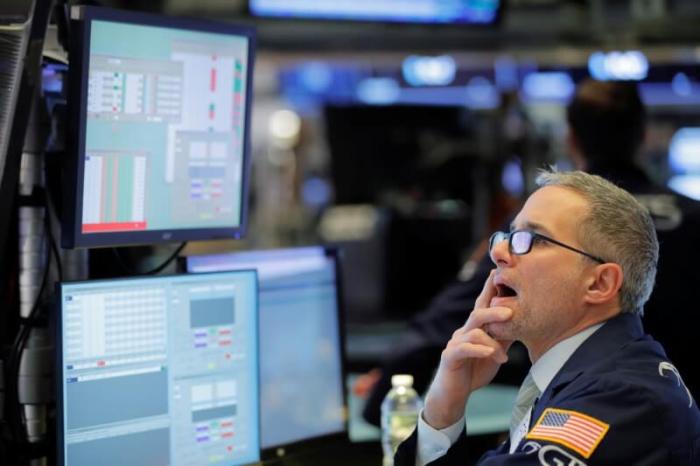By Lucia Mutikani
WASHINGTON (Reuters) – New applications for U.S. jobless benefits fell more than expected last week, but the labor market appears to be cooling, with the number of Americans on unemployment rolls surging to more than a 1-1/2-year high at the end of 2019.
Initial claims for state unemployment benefits dropped 9,000 to a seasonally adjusted 214,000 for the week ended Jan. 4, the Labor Department said on Thursday. The fourth straight weekly decline saw claims almost unwinding the jump in early December, which was blamed on a later-than-normal Thanksgiving Day.
“Jobless claims have returned to normal levels, showing the labor market is in a good place,” said Chris Rupkey, chief economist at MUFG in New York.
Economists polled by Reuters had forecast claims would fall to 220,000 in the latest week. The claims data was volatile in late 2019, with applications dropping to 203,000 at the end of November and shooting up to 252,000 in early December.
The four-week moving average of initial claims, considered a better measure of labor market trends as it irons out week-to-week volatility, fell 9,500 to 224,000 last week.
U.S. financial markets were little moved by the data as politics dominated sentiment. Stocks on Wall Street rose, with the main indexes hitting record highs after the United States and Iran moved away from an all-out conflict.
The dollar <.DXY> gained versus a basket of currencies, while U.S. Treasury prices fell. But the labor market could be losing momentum. The number of people receiving benefits after an initial week of aid vaulted by 75,000 to 1.80 million for the week ended Dec. 28, the highest level since April 2018. The weekly increase was the largest since November 2015.
The four-week moving average of the so-called continuing claims rose 33,000 to 1.74 million. Some of the surge in continuing claims could be related to year-end volatility.
“The continuing claims data also may exhibit some volatility around the holiday season, but the trend in the data appears to have weakened over the past month or so,” said Daniel Silver, an economist at JPMorgan in New York.
PAYROLLS IN FOCUS
Labor market strength is helping to keep the economy on a moderate growth pace despite a deepening downturn in manufacturing. The White House’s 18-month trade war with China has sapped business confidence and undercut capital expenditure.
Though Washington and Beijing in December hammered out a “Phase 1” trade deal, considerable confusion remains about the details of the agreement, which is expected to be signed next week.
The U.S. government is expected to report on Friday that nonfarm payrolls increased by 164,000 jobs in December. While that would be a step down from November’s robust gain of 266,000, the anticipated pace would still be well above the roughly 100,000 jobs per month needed to keep up with growth in the working-age population.
The unemployment rate is forecast to be unchanged near a 50-year low of 3.5%. The Federal Reserve last month signaled interest rates could remain unchanged at least through this year. The Fed lowered borrowing costs three times in 2019.
Minutes of the U.S. central bank’s Dec. 10-11 policy meeting published last week showed officials “generally expected sustained expansion of economic activity, strong labor market conditions,” though some viewed next month’s expected downgrade to employment growth as an indication the labor market was cooling.
The government last August estimated the economy created 501,000 fewer jobs in the 12 months through March 2019 than previously reported, the biggest downward revision in the level of employment in a decade. That suggests job growth over that period averaged around 170,000 per month instead of 210,000. The revised payrolls data will be published on Feb. 7.
“It is not clear what the data since then will look like, but we suspect more recent job growth could be revised down,” said Kevin Cummins, senior U.S. economist at NatWest Markets in Stamford, Connecticut.
(Reporting by Lucia Mutikani; Editing by Paul Simao)


















